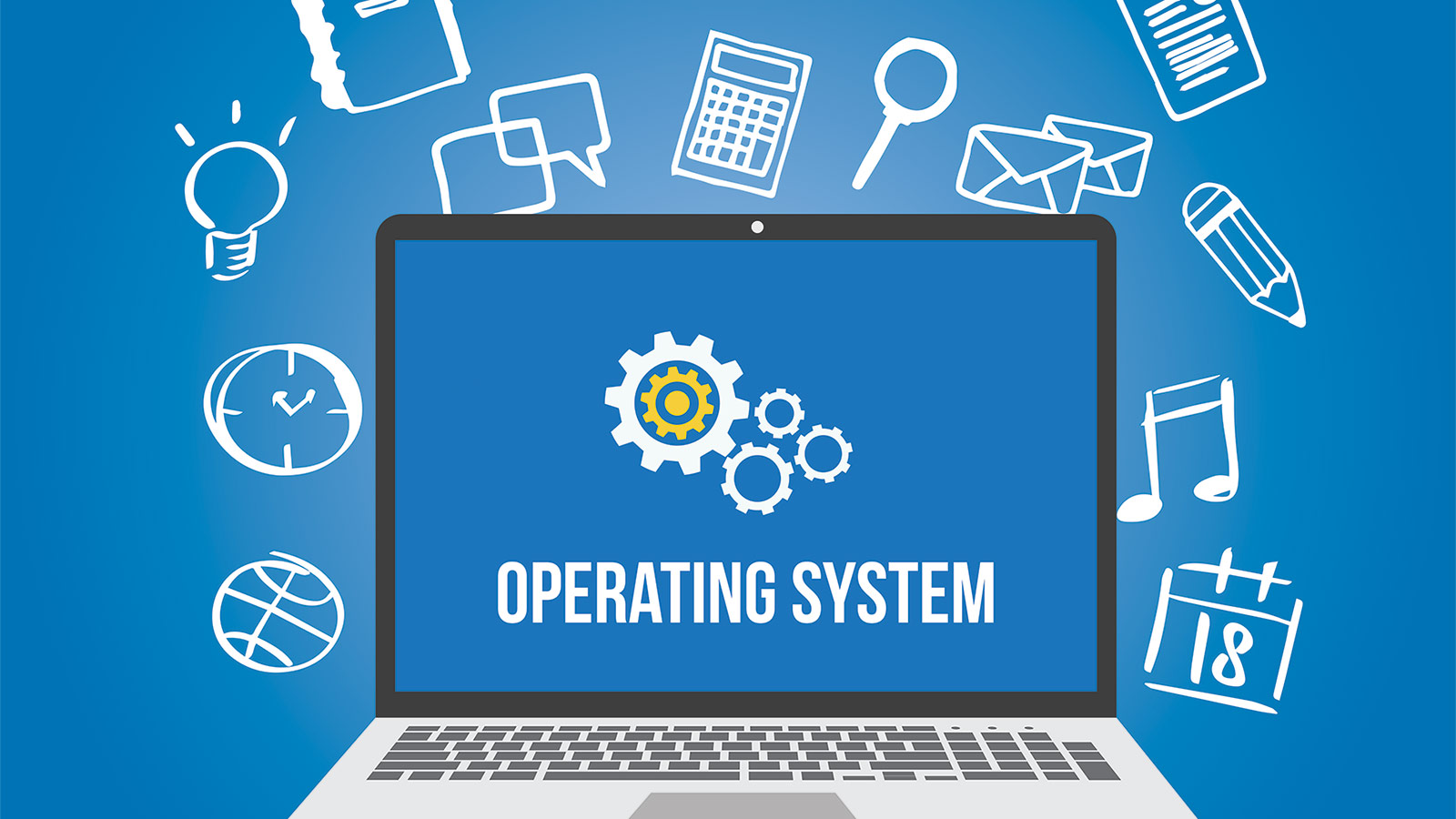The System Software is the software that is designed to operate a computer’s hardware as well as applications, and to manage its resources, like processing power, memory and other devices. It also serves as the platform to run application software. System software is usually integrated into the operating system of a computer.
There are a variety of system software categories, such as Windows, Linux, MacOS X, BSD, etc. Each system software type is unique and has its own distinctive particularities.
Post Contents
Important Features Of System Software
High Speed
The system software handles many tasks, including managing your CPU’s memory, processor keyboard, monitor and floppy disk drive CD-ROM, printer, and more. System software integrates with the operating system software that controls the computer. The entire system could become corrupted if software for the system isn’t functioning in a proper manner. Therefore, speed is a crucial aspect of the system software.
Versatile
The flexibility of software for system use is determined by the number of different programs it runs simultaneously. An excellent example is Microsoft Windows. There are a myriad of apps that run on Windows including games, editing video and recording, to photo processing, and many more. The majority of these applications are free, but a few come with a cost attached to their use based on the version that is downloaded to use.
Hard to Manipulate
The complexity of manipulating software system is defined by the difficulty it takes to modify the settings or configurations. Most modern systems feature user-friendly interfaces that allow users to customize their preferences. If the design demands advanced knowledge the novice might require assistance in figuring out what to do.
Close to the System
The proximity of the program to System is the determining factor for its access.
If the software for the system is installed in a separate location, it is deemed independent. Independent means that it isn’t associated with the System and can’t access any of the files within the System.
Contrarily the dependent system is directly within the computer. Systems that are dependent require smaller amounts of space than independent systems.
Operating System

Operating Systems are among the primary kind of software for a system. Operating systems are software that governs the hardware’s operation and manages the memory of your computer, its processes, as well as its hardware and software.
Device Drivers
Device drivers are tiny software programs that allow computers to connect with hardware devices, like scanners, printers and keyboards. Without device drivers the hardware connected to your computer won’t work properly. For instance, without driver drivers for your printer, it won’t function effectively. Manufacturers of devices provide the majority of device drivers, however Microsoft also offers a few generic drivers.
Firmware
Firmware is a kind of application that’s embedded into an electronic device. It manages the device and performs fundamental tasks. Firmware is typically stored as read-only memories (ROM) that means it isn’t editable or erased. But, certain devices do have firmware that can be upgraded. Firmware updates are available via the manufacturer’s website or downloaded from a USB drive or CD.
Bios And Uefi
BIOS is a firmware-based code which is executed whenever the computer is turned on. It runs a self-test at power-on and also initializes the computer prior to starting the operating system. The BIOS is saved in an memory chip called ROM chip that is located on the motherboard.
It is a UEFI is a more recent type of firmware with more options than BIOS. It’s designed to be platform-independent, and can be used on various operating systems. It also has a bigger boot size than BIOS and is able to boot devices with 2TB or greater capacity.
Programming Language Translator
Programming languages are akin to human languages in the sense that they can be used to send instructions to computers. But, unlike human language programming languages are developed to be understood and read by computer systems, and not human beings.
Types of Application Software
There are numerous applications software, each created for a specific use. Examples include spreadsheet software, word processors and presentation softwares.
Features of System Software
The system software manages computer’s resources as well as providing the standard computer services software.
System software is comprised of the operating system as well as various utilities that aid in managing the resources of a computer and offer basic services to computer programs that are the standard characteristic in system applications.
Operating Systems
Operating systems are responsible for managing the computer’s resources like processors, memory, as well as devices. They also offer the platform to run applications.
Process Management

Operating systems are accountable to manage the different functions that run on the computer system. This includes managing processing, memory as well as additional hardware components. It is the operating system that’s responsible for making sure that every process has the resources it requires to operate correctly.
File Management
Operating systems are able to perform a variety of tasks among them is managing files. This involves making, deleting and shifting files. Operating systems are accountable to keep the track of the locations of files and allowing access to them in a timely manner.
Memory Management
Operating systems on computers are accountable for managing memory. This includes allocating memory to various programs, tracking what memory is being used by what applications, and then reclaiming memory when it’s no longer required.
Device Management
The term “device management” refers to the process of allocating and decentralizing resources between and among devices connected to a system. The operating system oversees devices that are part of the system and makes sure they work properly. Device management includes identifying the new device, installing driver as well as configuring the devices.
Modes of Computer System Operation
There are three types of Computer System Operation they are:
Single User Mode:
In this mode it is possible for only one user to access the system at a time. Single-User Mode is the most popular method of operation for personal computers.
Multi-User Mode:
This mode allows several users can use the server simultaneously. The Multi-User Mode is the most commonly used way to operate servers.
Distributed Mode:
In this mode the system is spread across several machines, each of which is running part that is part of the overall system. The Distributed Mode can be the commonly used way of operating for large systems like enterprise networks.
Conclusion
System software is the entirety of your computer. Your system will be nothing without software. Additionally, it serves in a way of facilitating communication between your computer and the hardware of your system. Therefore, understanding about the system software is essential for users of systems. If you’re looking to learn more about the software that runs your system take action now to make your computer perform more efficiently.










